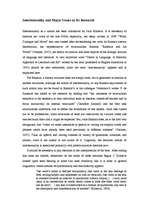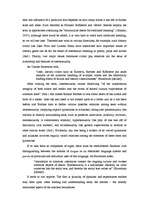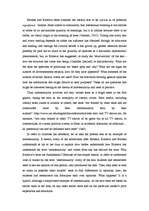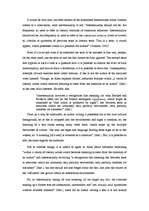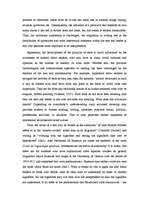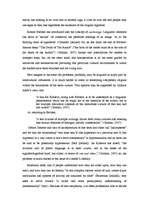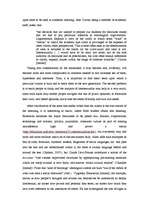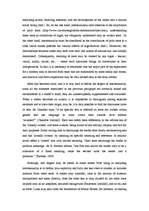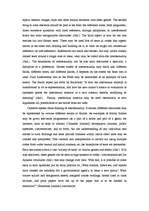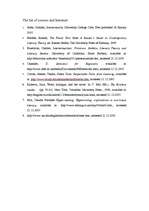Intertextuality as a notion has been introduced by Julia Kristeva. It is necessary to mention her work of the late-1960s, especially, her essay written in 1969 “Word, Dialogue and Novel” that was created after reconsidering the work by Russian literary theoretician, the representative of structuralism Bakhtin “Rabelais and his World” (Graham, 2005), his theory of carnival and other aspects of his dialogic account of language and literature. A very important work “Desire in Language: A Semiotic Approach to Literature and Art” written by her later (published in English translation in 1980) should be also mentioned, since the term ‘intertextuality’ appears and is explained here.
For Bakhtin, a literary structure does not simply exist, but is generated in relation to another structures, although the notion of intertextuality, or any Russian equivalents of such notion may not be found in Bakhtin’s or his colleague Volosinov’s works. F. de Saussure has added to the research by finding that “the weakness of structuralist semiotics is the tendency to treat individual texts as discrete, closed-off entities and to focus exclusively on internal structures” (Chandler [online]) and the first task structuralists undertook was to define the boundaries of this system. Such task turned out to be problematic, since structures of texts are interwoven by cultural codes and reaches much farer that it might be expected. But, what Bakhtin does, he is the first who recognizes, that “when we make utterances in speech or writing we employ words and phrases which have already been used previously in different contexts” (Graham, 2005). Thus, all speech and writing consists of variety of quotations, allusions, and similar, even if the author is not aware of it. Logically, the semiotic notion of intertextuality is associated primarily with poststructuralist theorists now.…
